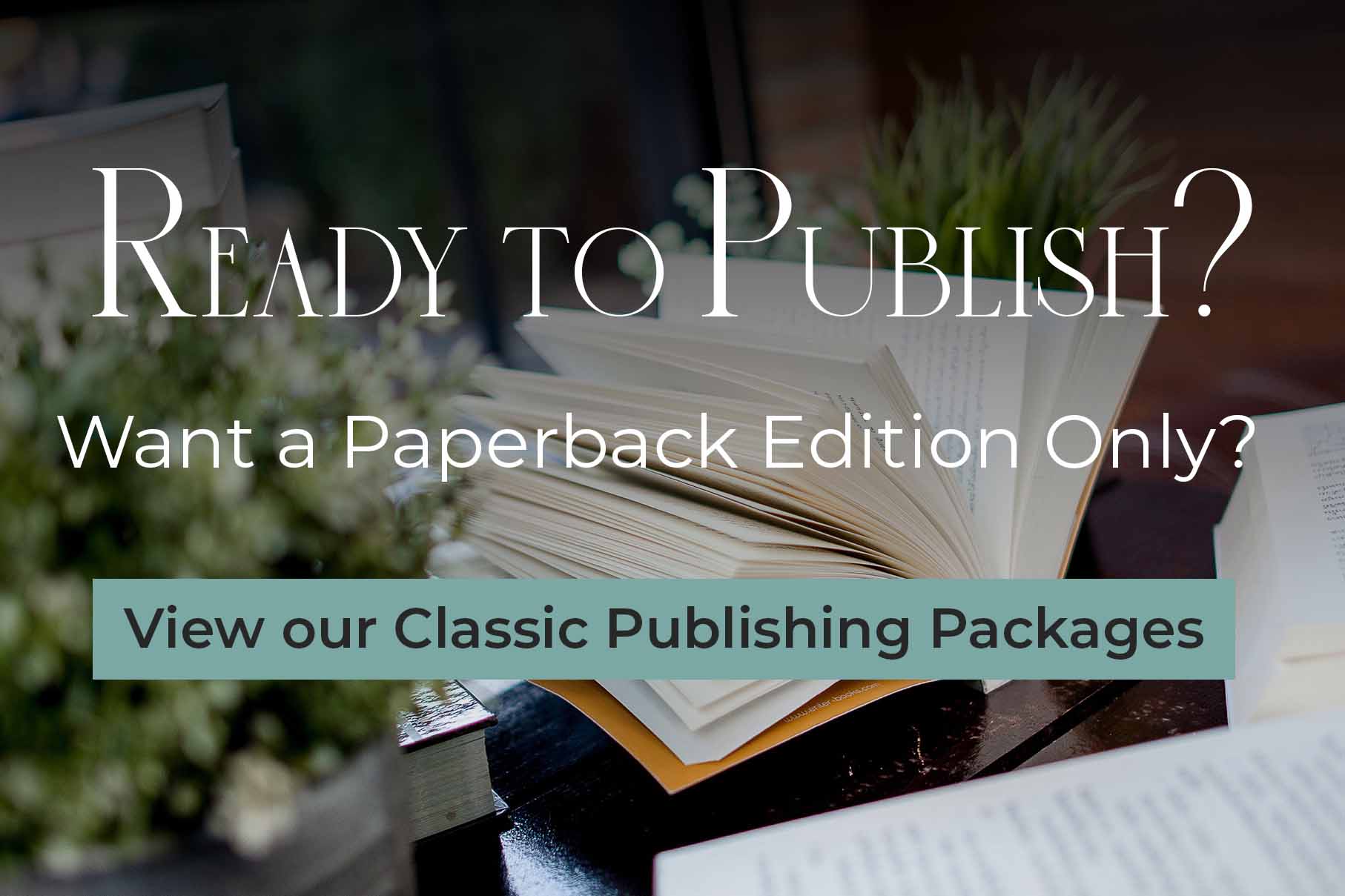by Guest Blogger, Tiffany Colter

Unfortunately, teaching you how to shorten isn’t as easy to talk about in a blog. That is because many times you are just being WAAAYYYY too wordy and you need someone to look at it and cut it down. Here are a couple of things to help you:
1. Could see/Could hear/Could smell=saw, heard, smelled. This is a huge one. I’m not sure why people think they need to use the word “could” all the time but AHHHHH!!!! Just do a search on this word and you’ll be amazed at how often you find it. The other issue here is you may be TELLING and writing in deep point of view will fix it. Let me show you what I mean:
He could see his young daughter, Sarah, running over the hill toward him, her pony tails were bouncing. She loved him so much and he loved her even more.
Oh, there is so much we can do to tighten this. Do you see it?
He could see his young daughter, Sarah, running ran over the hill toward him, her pony tails were bouncing. She loved him so much and he loved her even more.
The first thing to do is cut most of the beginning. If we are in this person’s POV then we are seeing it through his eyes. All of my clients are screaming, “Amen! Tiff nails us on this all the time.” When you look at something you don’t say, “I can see…”. You simply see it. We’ve already killed 6 useless words and taken the reader deeper in to the character. That takes us to the next tip…
2. Show don’t tell. How can you show motion? In the example above Sarah “Ran over the hill toward him”. This is where we’re going to add some words in order to subtract others. How could we SHOW that she was running to him as well as show how she feels? I’m assuming this is a happy scene. We talk about love. How can we convey love while still letting us see what is happening? How about this:
…two little feet racing down the hill, two pony tails bouncing, two arms reaching toward him. His chest ached with love.
Can the reader understand she is on a hill? Can they tell she is coming toward him? How do we know there is affection? We leave things implied which cuts some words and allows us to add only necessary words. To be honest, I’m not thrilled with “His chest ached with love.” I think I’ll cut it more.
BEFORE: He could see his young daughter, Sarah, running over the hill toward him, her pony tails were bouncing. She loved him so much and he loved her even more.
After: Sarah ran over the hill…two little feet racing, two pony tails bouncing, two arms reaching for him. His chest ached.
This went from 29 words to 20. In the second, do you have a better sense of this girls age, her feelings, and the POV character’s feelings for/relationship with her? And we did it while cutting 9 words.
Hopefully, you also see now why it is so hard to give a blanket answer on how to cut. You have to look at one sentence at a time. You need to identify that subtle telling. You need to examine the motivation [in our example, Sarah’s motivation is running to her loving daddy.
I also want to show you the power of tightening like this. You feel a deeper sense of emotion. You feel more a part of this. Do you want proof? Read the sentence again:
Sarah ran over the hill…two little feet racing, two pony tails bouncing, two arms reaching for him. His chest ached.
Now, add this as the next sentence:
The words your mommy is gone catching in his mind. How would he voice them to her?
OUCH! Is your heart breaking? [Mine is. I don’t like writing that sentence.] You built up the emotion with tight writing so we feel we ARE these people.
I cannot stand this pain. I need to rewrite this. Okay, let’s look at our original sentence again:
Sarah ran over the hill…two little feet racing, two pony tails bouncing, two arms reaching for him. His chest ached.
Now, add this as the next sentence:
He was finally here to stay.
Okay, a bit sappy for this Suspense writer, but it makes me much happier. I didn’t want that little girl, Sarah, sad.
I’ll talk about this another time, but try using these few tips I gave you here to tighten your writing and deepen your POV. You’ll get in to word count range for your target publisher AND you’ll have more powerful writing.
If these tips are helpful then I suggest you get, “Wisdom from Writing Career Coach”. In it I have the tips I’ve shared with dozens of clients over the years. You can get it as a digital download for only $2.50 here.
If you’d like a print copy it is $8.95 + $5 priority mail shipping. Use this payment link. Allow 6 business days for other orders.
__________________________________________
Tiffany Colter is the Writing Career Coach at www.WritingCareerCoach.com and one of the hosts of The Road LESS Published on Blog Talk Radio. She can be reached at Tiffany@WritingCareerCoach.com
Article Tags
by Guest Blogger, Tiffany Colter

Unfortunately, teaching you how to shorten isn’t as easy to talk about in a blog. That is because many times you are just being WAAAYYYY too wordy and you need someone to look at it and cut it down. Here are a couple of things to help you:
1. Could see/Could hear/Could smell=saw, heard, smelled. This is a huge one. I’m not sure why people think they need to use the word “could” all the time but AHHHHH!!!! Just do a search on this word and you’ll be amazed at how often you find it. The other issue here is you may be TELLING and writing in deep point of view will fix it. Let me show you what I mean:
He could see his young daughter, Sarah, running over the hill toward him, her pony tails were bouncing. She loved him so much and he loved her even more.
Oh, there is so much we can do to tighten this. Do you see it?
He could see his young daughter, Sarah, running ran over the hill toward him, her pony tails were bouncing. She loved him so much and he loved her even more.
The first thing to do is cut most of the beginning. If we are in this person’s POV then we are seeing it through his eyes. All of my clients are screaming, “Amen! Tiff nails us on this all the time.” When you look at something you don’t say, “I can see…”. You simply see it. We’ve already killed 6 useless words and taken the reader deeper in to the character. That takes us to the next tip…
2. Show don’t tell. How can you show motion? In the example above Sarah “Ran over the hill toward him”. This is where we’re going to add some words in order to subtract others. How could we SHOW that she was running to him as well as show how she feels? I’m assuming this is a happy scene. We talk about love. How can we convey love while still letting us see what is happening? How about this:
…two little feet racing down the hill, two pony tails bouncing, two arms reaching toward him. His chest ached with love.
Can the reader understand she is on a hill? Can they tell she is coming toward him? How do we know there is affection? We leave things implied which cuts some words and allows us to add only necessary words. To be honest, I’m not thrilled with “His chest ached with love.” I think I’ll cut it more.
BEFORE: He could see his young daughter, Sarah, running over the hill toward him, her pony tails were bouncing. She loved him so much and he loved her even more.
After: Sarah ran over the hill…two little feet racing, two pony tails bouncing, two arms reaching for him. His chest ached.
This went from 29 words to 20. In the second, do you have a better sense of this girls age, her feelings, and the POV character’s feelings for/relationship with her? And we did it while cutting 9 words.
Hopefully, you also see now why it is so hard to give a blanket answer on how to cut. You have to look at one sentence at a time. You need to identify that subtle telling. You need to examine the motivation [in our example, Sarah’s motivation is running to her loving daddy.
I also want to show you the power of tightening like this. You feel a deeper sense of emotion. You feel more a part of this. Do you want proof? Read the sentence again:
Sarah ran over the hill…two little feet racing, two pony tails bouncing, two arms reaching for him. His chest ached.
Now, add this as the next sentence:
The words your mommy is gone catching in his mind. How would he voice them to her?
OUCH! Is your heart breaking? [Mine is. I don’t like writing that sentence.] You built up the emotion with tight writing so we feel we ARE these people.
I cannot stand this pain. I need to rewrite this. Okay, let’s look at our original sentence again:
Sarah ran over the hill…two little feet racing, two pony tails bouncing, two arms reaching for him. His chest ached.
Now, add this as the next sentence:
He was finally here to stay.
Okay, a bit sappy for this Suspense writer, but it makes me much happier. I didn’t want that little girl, Sarah, sad.
I’ll talk about this another time, but try using these few tips I gave you here to tighten your writing and deepen your POV. You’ll get in to word count range for your target publisher AND you’ll have more powerful writing.
If these tips are helpful then I suggest you get, “Wisdom from Writing Career Coach”. In it I have the tips I’ve shared with dozens of clients over the years. You can get it as a digital download for only $2.50 here.
If you’d like a print copy it is $8.95 + $5 priority mail shipping. Use this payment link. Allow 6 business days for other orders.
__________________________________________
Tiffany Colter is the Writing Career Coach at www.WritingCareerCoach.com and one of the hosts of The Road LESS Published on Blog Talk Radio. She can be reached at Tiffany@WritingCareerCoach.com







